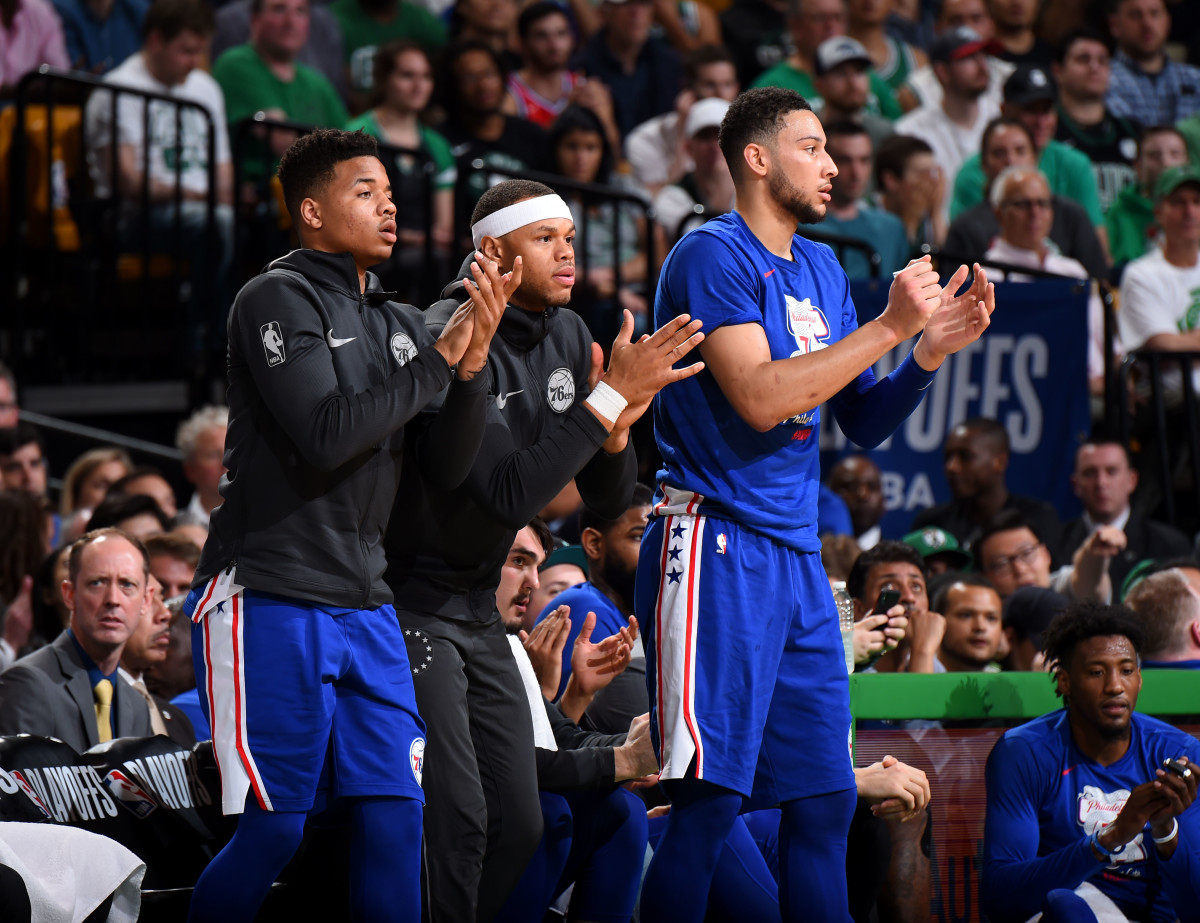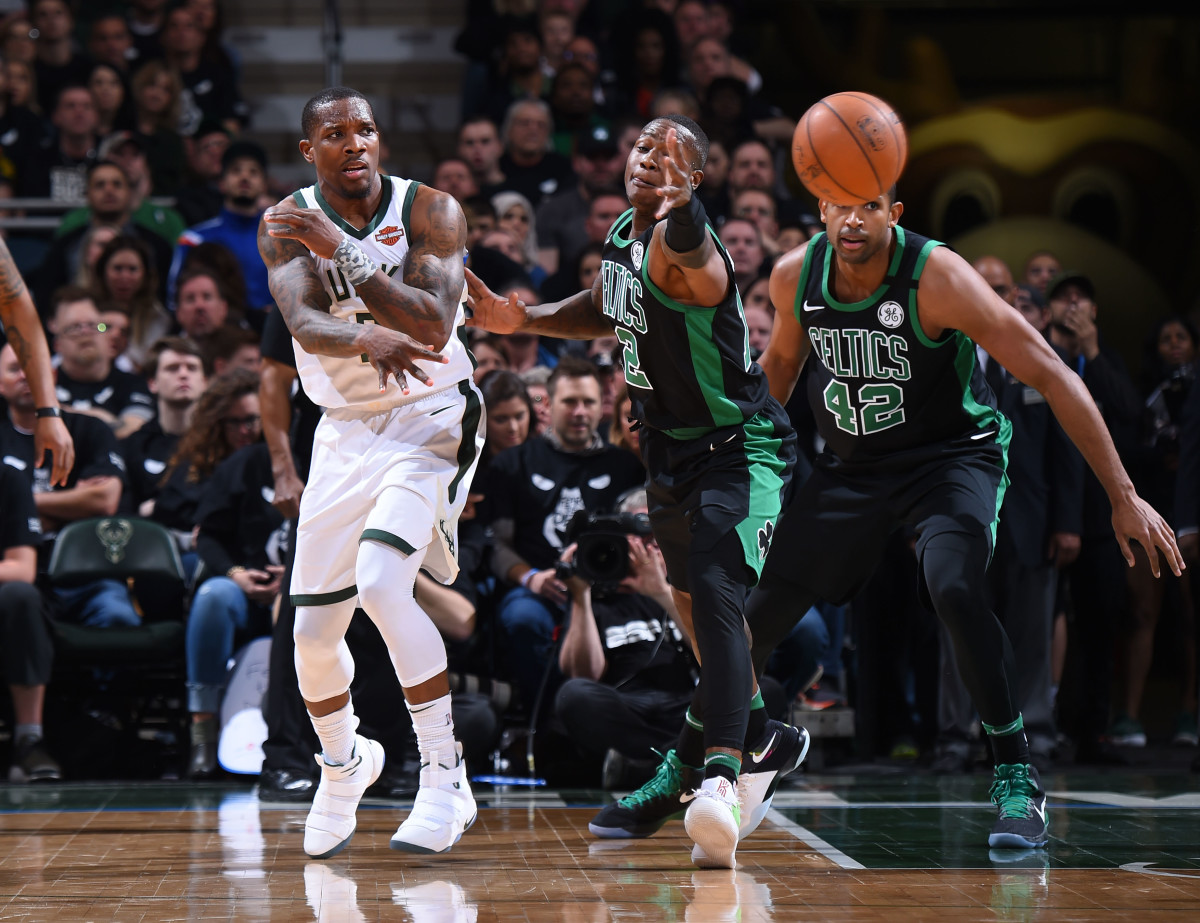2019 NBA Draft: A Handy Cheat Sheet Examining Every Protected Pick

A wide range of first-round picks could be changing hands in the 2019 draft, the catch being that as of today, they’re all conditional based on team performance. As of right now, no unprotected firsts have been traded. In other words, many teams have quite a bit at stake this season when it comes to draft capital. While it’s only August, keep this handy as a point of reference.
The Trae Young Trade
Dallas sent a top-five protected first-rounder to Atlanta on draft night in order to move up two spots and draft prodigious NBA-ready talent Luka Doncic, sending Trae Young to the Hawks. That trade seems likely to stand as an inflection point for the pathways of both middling franchises. After the Mavs brought in DeAndre Jordan to man the middle, it stands to reason that Dallas will be incrementally better than last season. So, there’s a reasonable chance the Hawks get this pick, which could be one of three Atlanta first-rounders (for a second consecutive year) if things break correctly. If the pick doesn’t convey, it’s top-five protected again next season, top-three in 2021 and 2022, and unprotected in 2023.
The Great Hawks and Mavericks Rebuilding Experiment
The Steep Price for Kyle Korver
Cleveland could also be sending its own first-round pick to Atlanta if it doesn’t fall among the top 10 selections. This is the fallout from the 2017 trade that brought in Kyle Korver to reinforce the Cavs’ rotation around LeBron James. It may end up fetching a steep price. While the Cavs would clearly benefit here from being bad this season, the party line is that they want to stay competitive. They could end up losing a lot of games anyway, or they could toe the line and make things interesting on lottery night. if it doesn’t convey, it’s top-10 protected again next season, and will turn into two second-rounders after that.

Markelle Fultz Trade Fallout
Boston is set to get even richer with young talent after judiciously holding onto myriad draft picks over the last several years, and could have four (count ’em) first-rounders in 2019. The Celtics will likely get whichever of Sacramento and Philly’s first-rounders is better in 2019, as fallout from the trade that allowed the Sixers to come up and get Markelle Fultz, while the C’s moved down two spots and happily brought home Jayson Tatum. If one of those two draft picks wins the lottery, then the Sixers will get to keep the top spot and the Celtics get the worse of the two. If neither pick wins the lottery, then Sixers will end up with whichever is lower, which will in all likelihood be their own, because the Kings are still going to be bad.
Side note: that upcoming swap is the fallout from a 2015 trade that stands as inarguably one of the dumbest NBA deals ever. Remember that the Kings, in an attempt to create cap space to sign mid-tier free agents, decided to give up Nik Stauskas, Jason Thompson, two future pick swaps, and most crucially this first-rounder (which has become unprotected over time) for the draft rights to two Sixers second-rounders—international stash prospects Arturas Gudaitis and Luka Mitrovic. So yes, the Kings apparently lost so much patience with 2014 first-rounder Stauskas that they mortgaged the future of the franchise just to dump him, one year later, in what stands as a Sam Hinkie trade masterstroke. Of course, the Sixers then included it conditionally when they traded up for Fultz, a move that doesn’t look all that prescient in the current moment.
Boston's Big Haul
The Celtics are also set to receive the Grizzlies’ first-round pick, unless it falls within the top eight after Memphis for some reason decided to trade real stuff for Jeff Green back in 2015. The Grizzlies are trying again this season and may not be bad enough to keep their own selection. If they are, then it’s top-six protected in 2020, and then morphs into two second-rounders.
Boston could also have a fourth first-round pick, provided the Clippers’ selection doesn’t land in the lottery. This pick was acquired in a different trade with Memphis, who wanted to add two second-rounders in the 2016 draft and were willing to send this future potential first-rounder as payment. Get this: Memphis got this pick (and Lance Stephenson) from the Clippers during the 2016 season by trading them… Jeff Green, who continues to fundamentally shape the framework of the NBA, somehow. If the Clippers keep the pick, it would be lottery-protected again in 2020, and then become a future second-rounder.
What Will Brooklyn Get Back?
The Nuggets’ first-round pick is protected for 1–12, but will otherwise go to Brooklyn as part of this summer’s deal that allowed Denver to unload Kenneth Faried’s salary. This would seem to be the year the Nuggets finally get back to the playoffs, but it’s not a sure thing. In any case, it’s Top-12 protected until 2023, after which it would become two second-rounders.

Bledsoe and the Bucks
The Bucks get to keep their first if it falls between selections 1–3 or 17–30, otherwise it will end up going to Phoenix as part of last year’s early-season Eric Bledsoe deal. This pick adds incentive for the Bucks to earn a favorable playoff seed. If it doesn’t convey this season, it’s top-seven protected in 2020 and unprotected in 2021.
Toronto's Light Consequences
The Raptors’ pick is Top-20 protected, but will otherwise go to the Spurs as part of the recent Kawhi Leonard trade. This conditional swap only comes with light consequences, as it will immediately become 2020 and 2023 second-rounders if it doesn’t convey in 2019.
Answering the Nine Biggest 2019 NBA Draft Questions
New Lottery Rules
Last, but not least: remember 2019 is the inaugural year for the NBA’s reformed draft lottery rules which are designed to better randomize the spreading of the wealth. The three teams with the worst records now have an equal 14% chance to win the lottery, and the odds have been scaled from there to slightly improve odds for all 14 teams that miss the playoffs. This means more randomness, and could add some weight to the ping-pong ball process given how many draft picks could end up being determined through the lottery. Tanking won’t be totally solved, but it will be harder to ensure the best possible return through losing.
